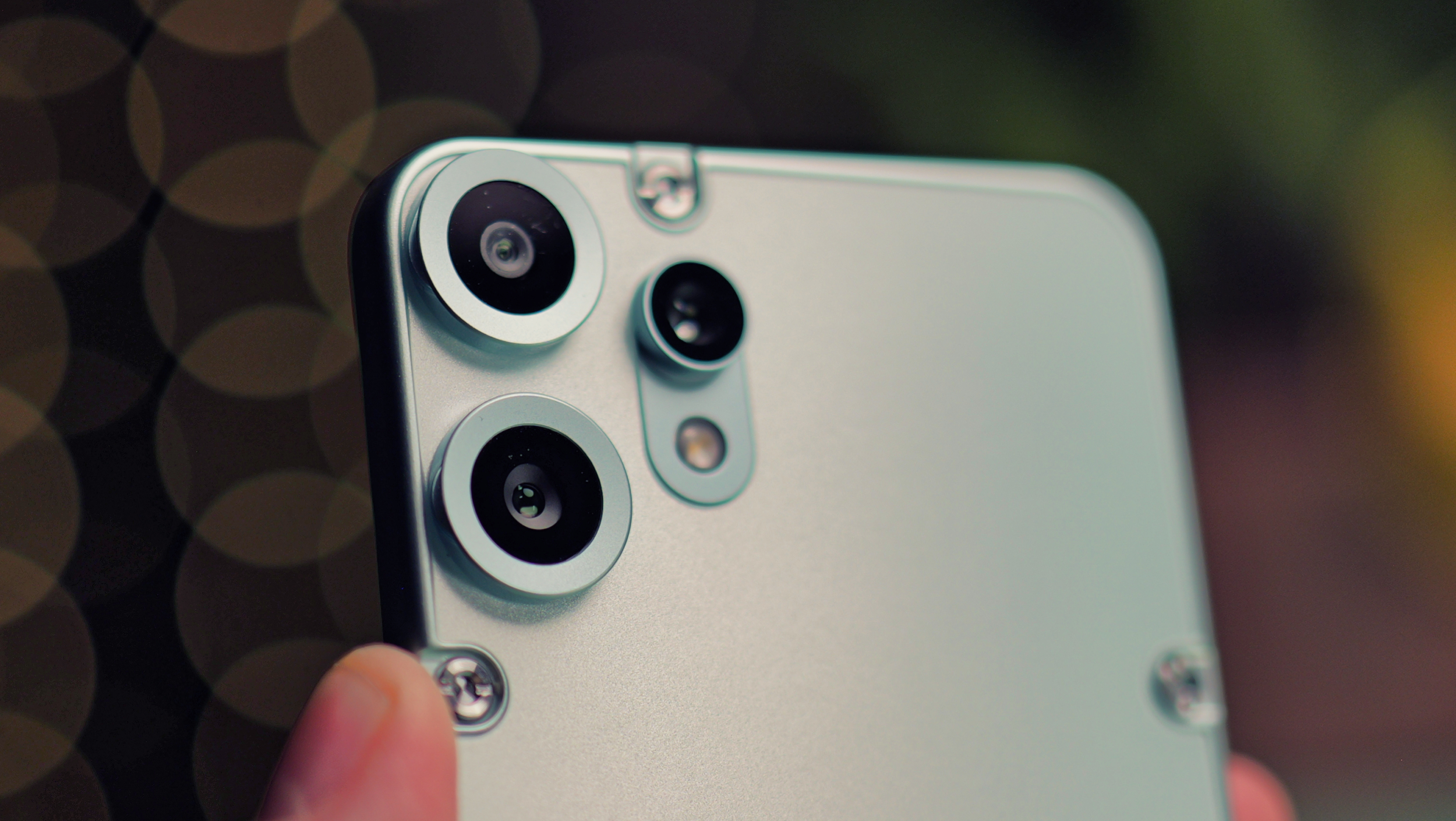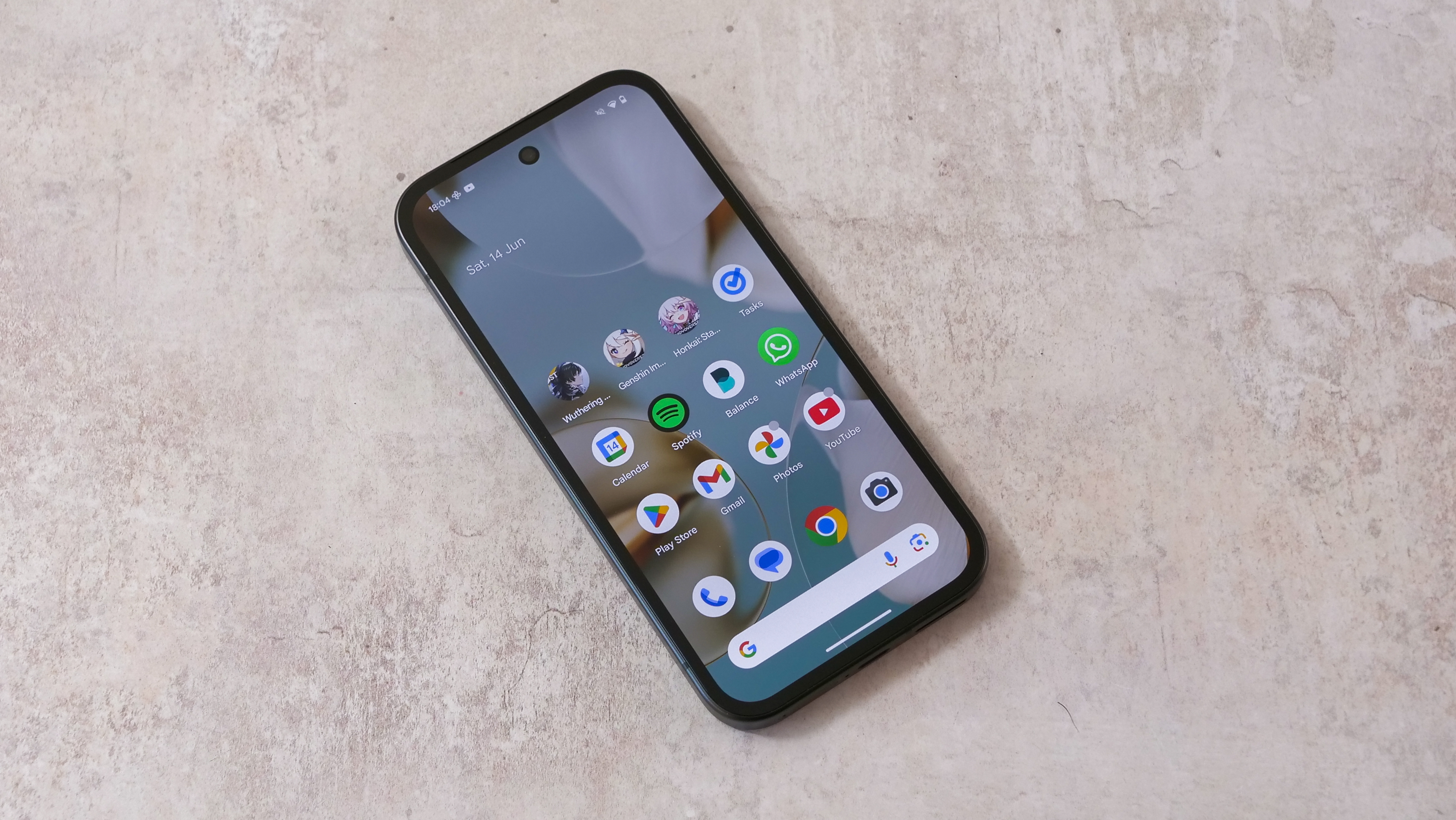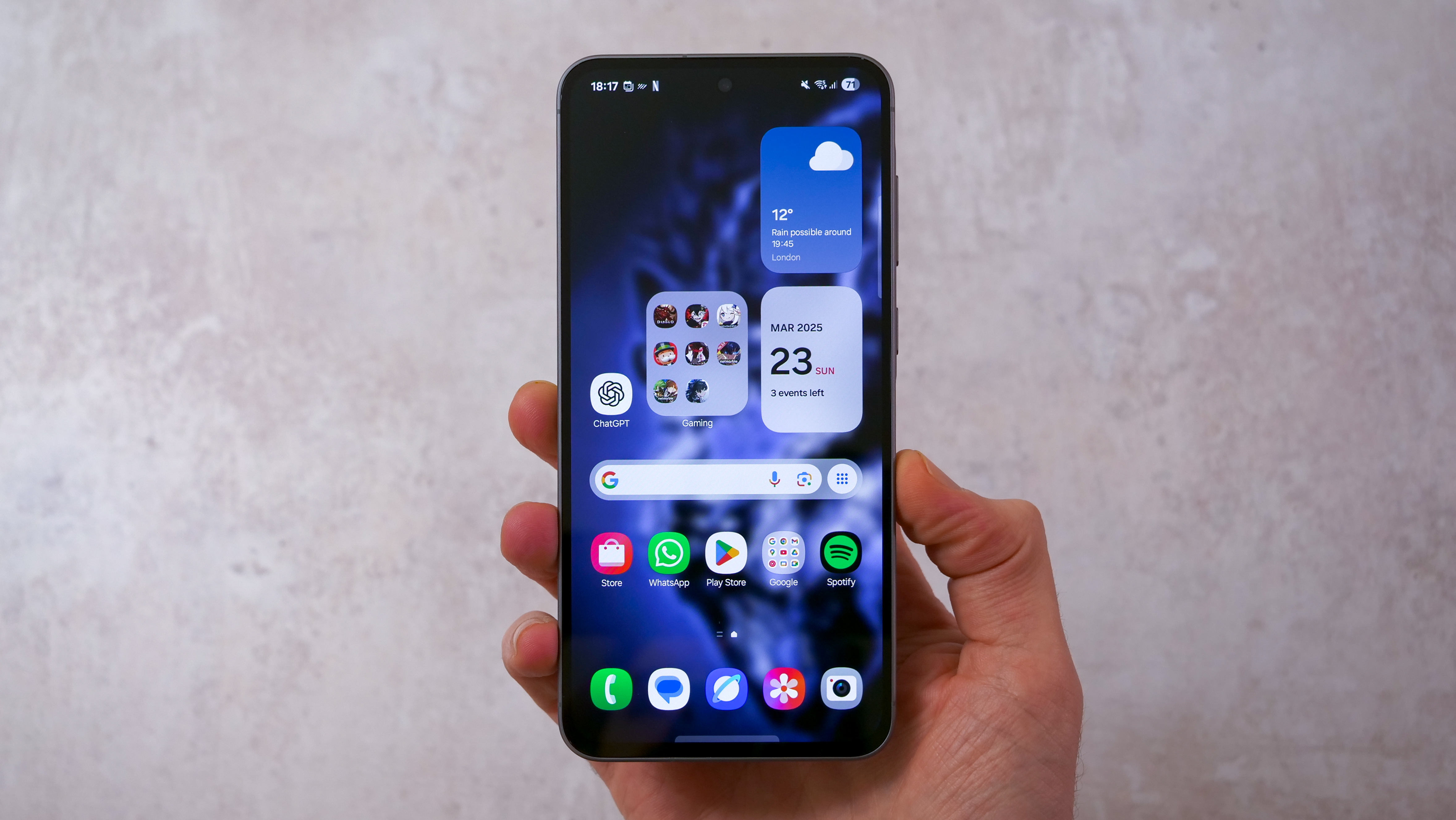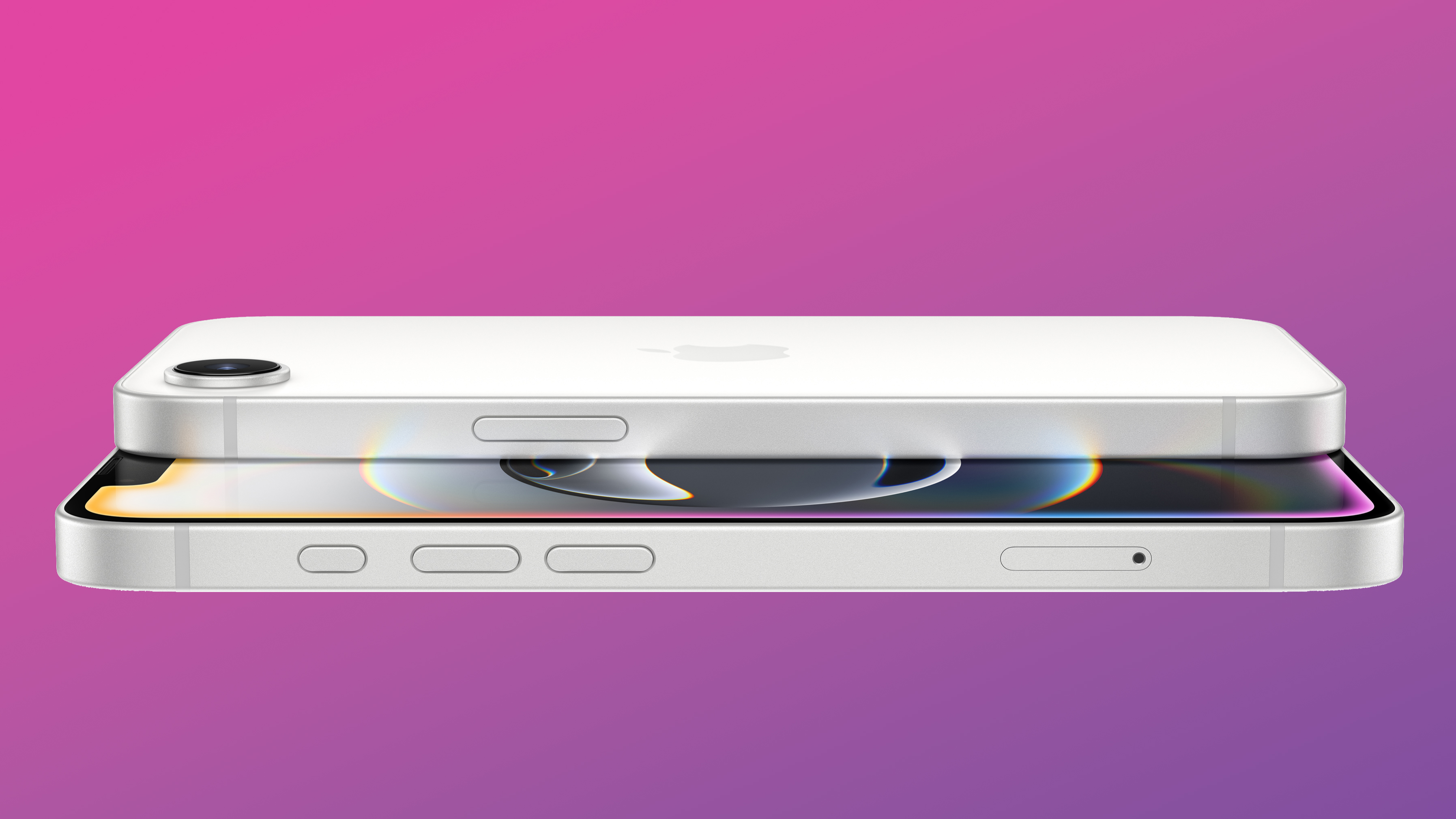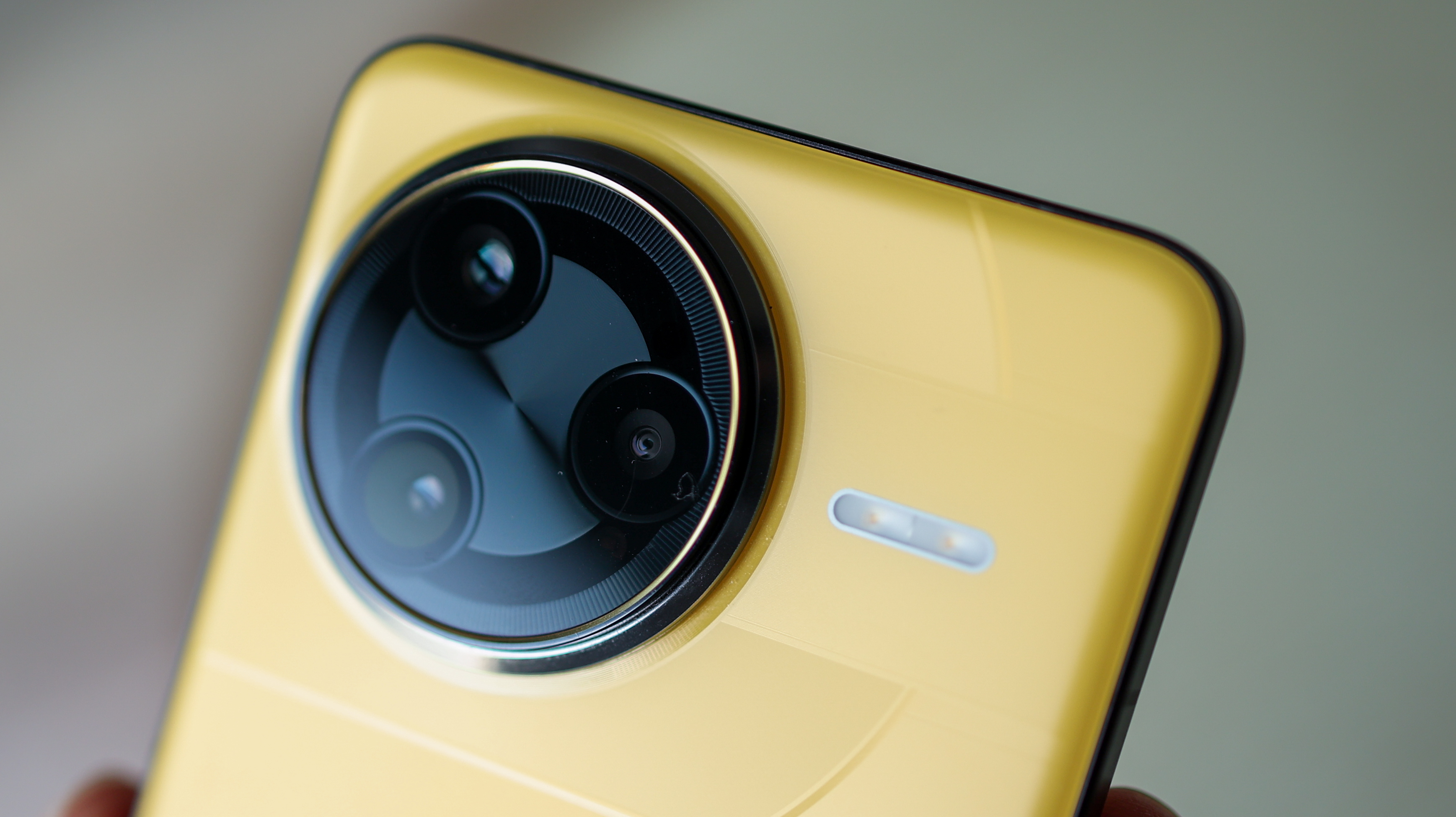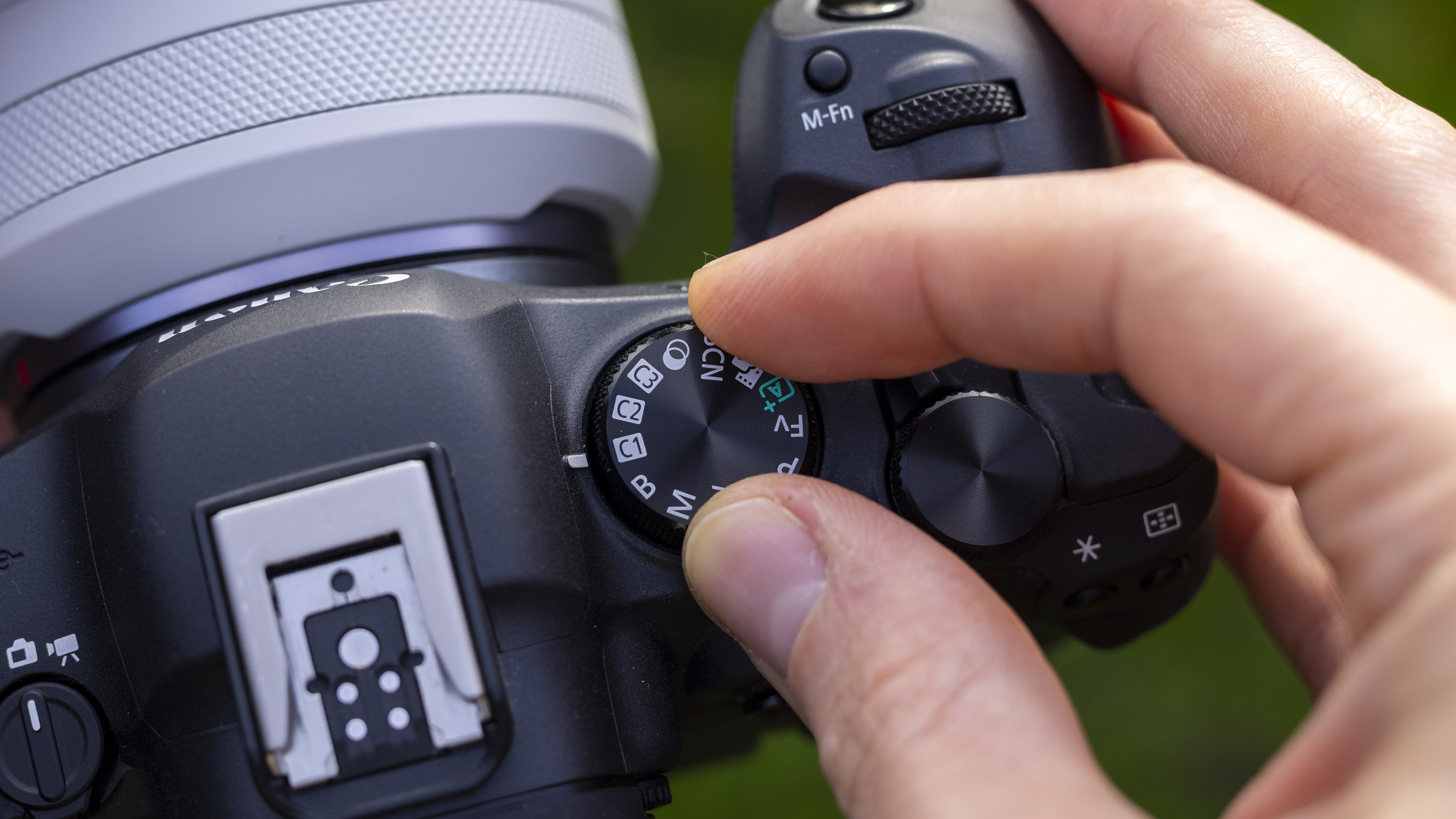Best budget camera phones in 2025: the best cheap camera phones right now
With the best budget camera phones, you can still take decent pictures without spending a fortune
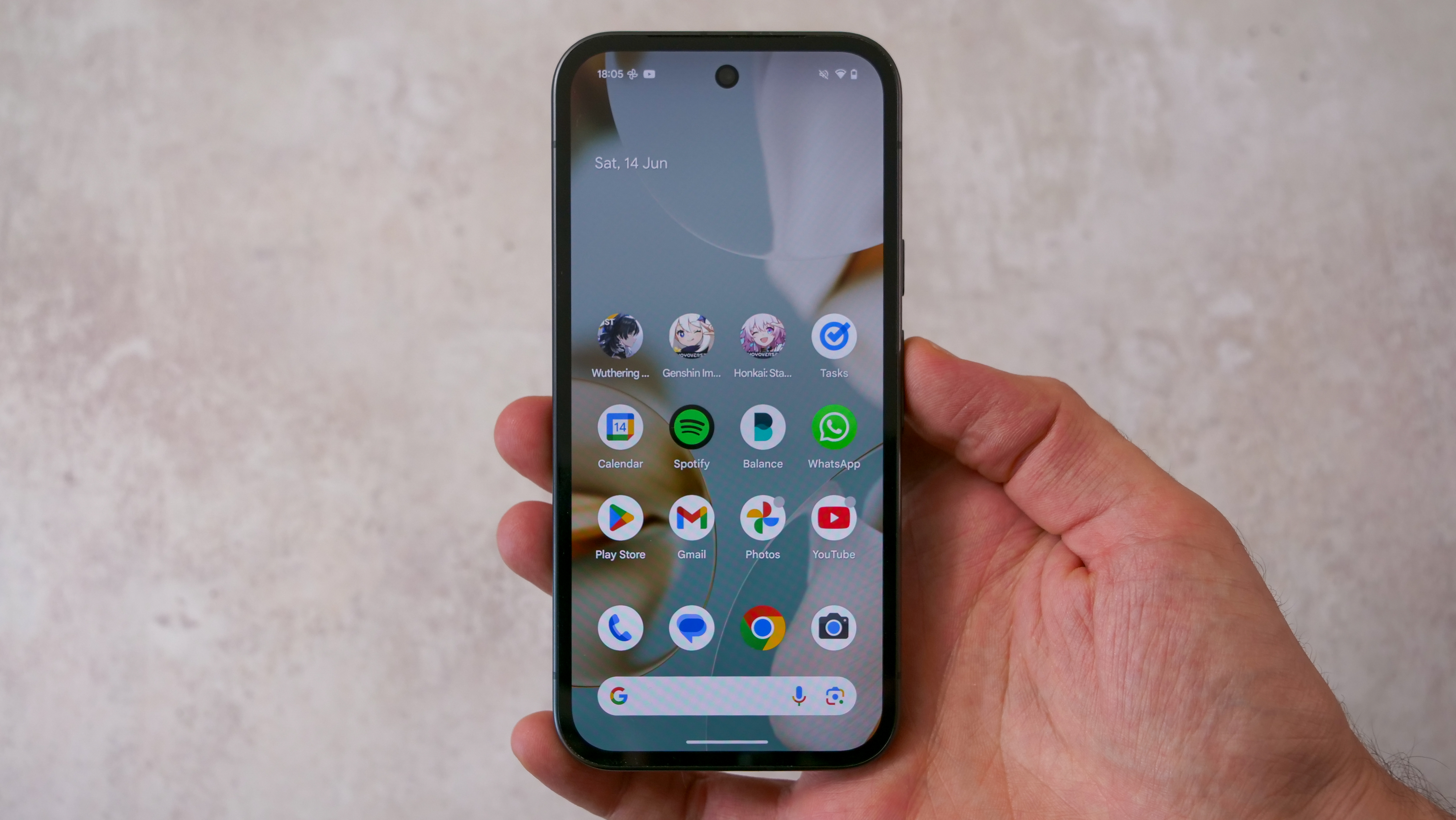
Looking for the best budget camera phones? The good news is that you no longer have to spend an absolute fortune to take a decent picture. In recent years, both hardware and image processing software have improved so much that even cheap smartphones now deliver the kind of image quality once reserved for flagship models.
Don't get us wrong: if you want the latest, premium specs, you'll need to spend more (a lot more) on the best camera phones. At the opposite extreme, if you're not bothered about photography at all, and just want to make calls, you can save even more cash with our guide to the best burner phones.
Otherwise, read on as we reveal the best budget camera phones available today, at a variety of price brackets.
The Quick List
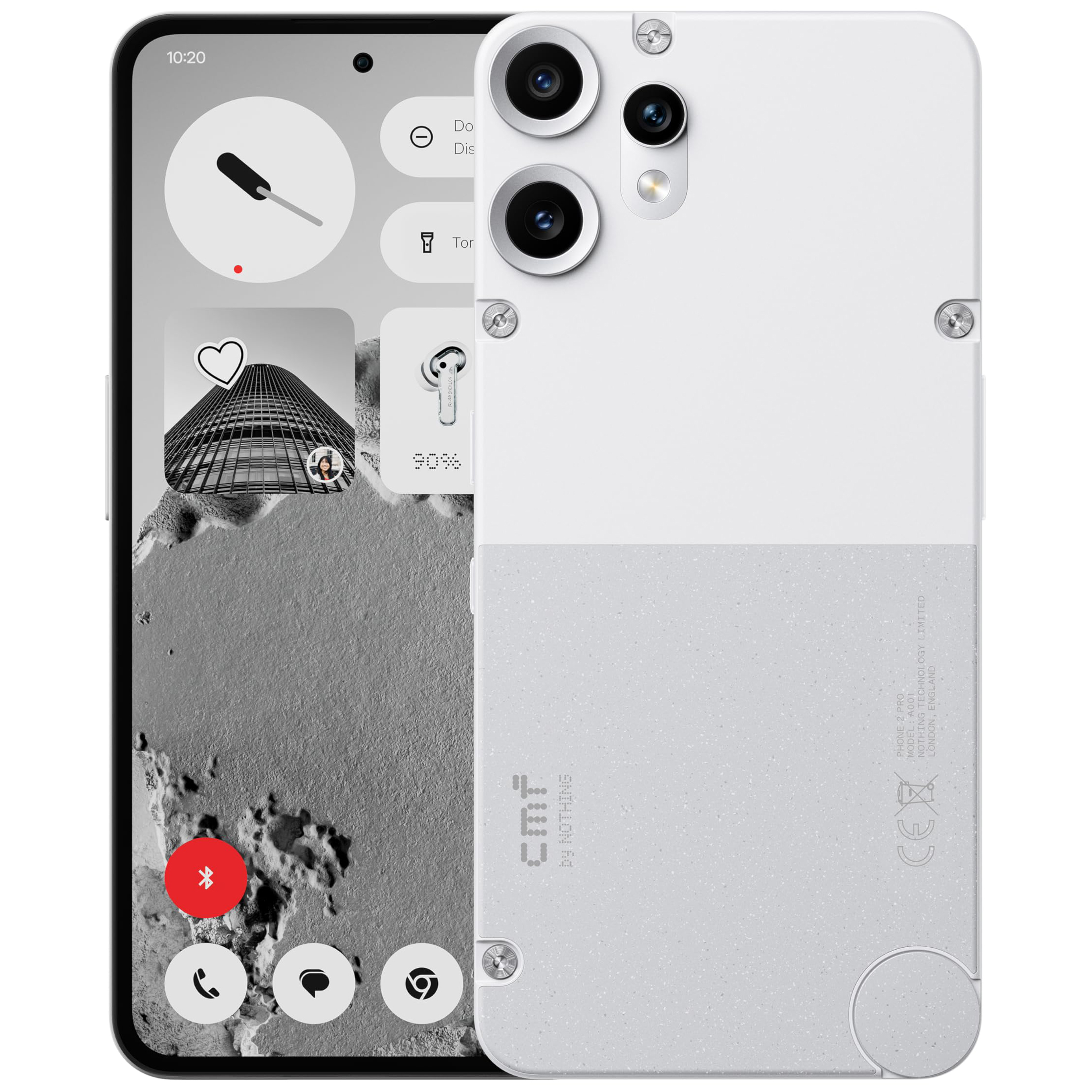
It might look quirky and have fun modular accessories, but it boasts superb software and a respectable set of cameras. Not bad for under $300.
Read more below
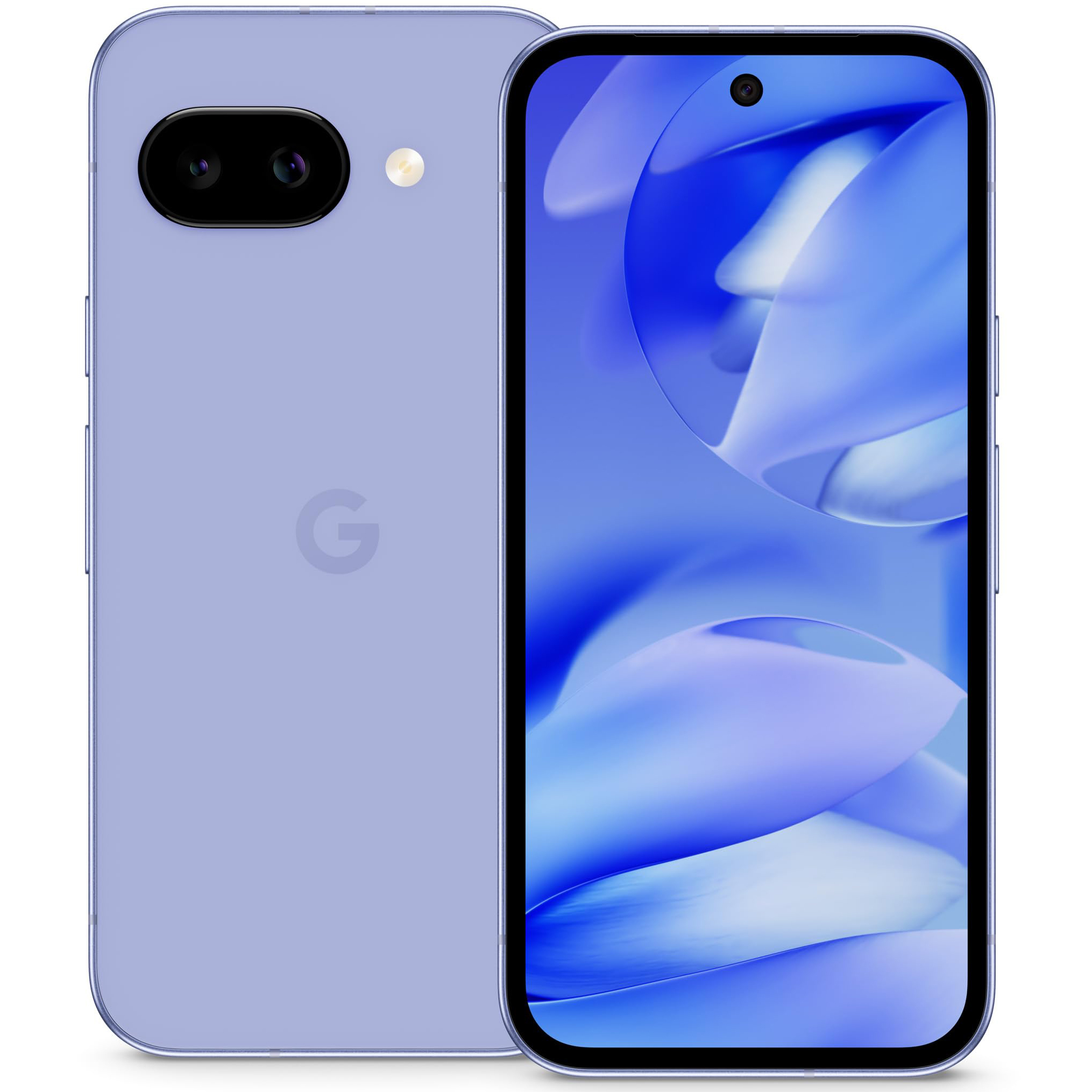
The Pixel 9a is a fun little device packed with helpful features. It offers excellent value for money, with outstanding camera software, heaps of processing power, and a competitive price.
Read more below
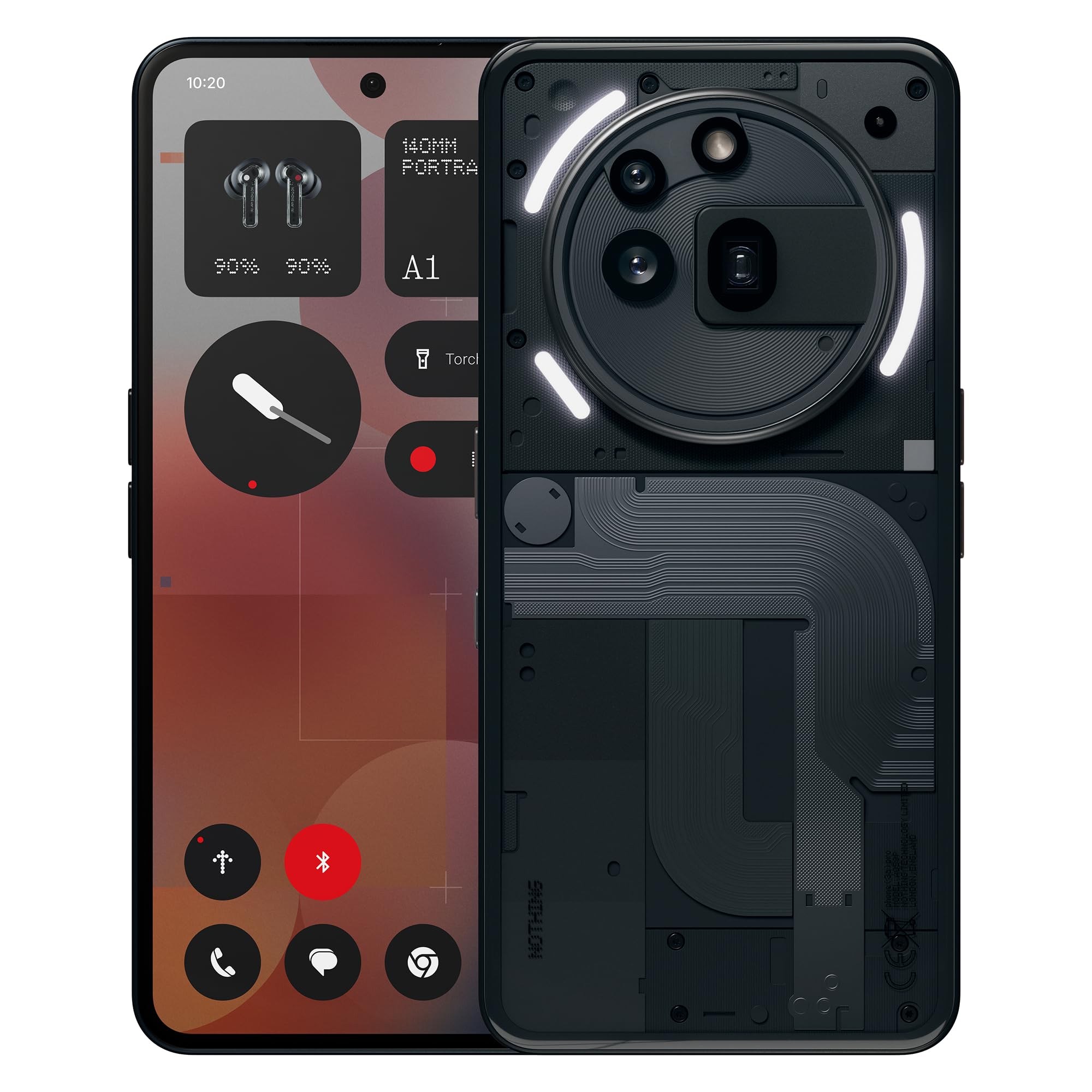
With a maximum resolution of 50MP and lenses to cover wide, ultra-wide, and telephoto, this is Nothing's best camera system to date.
Read more below
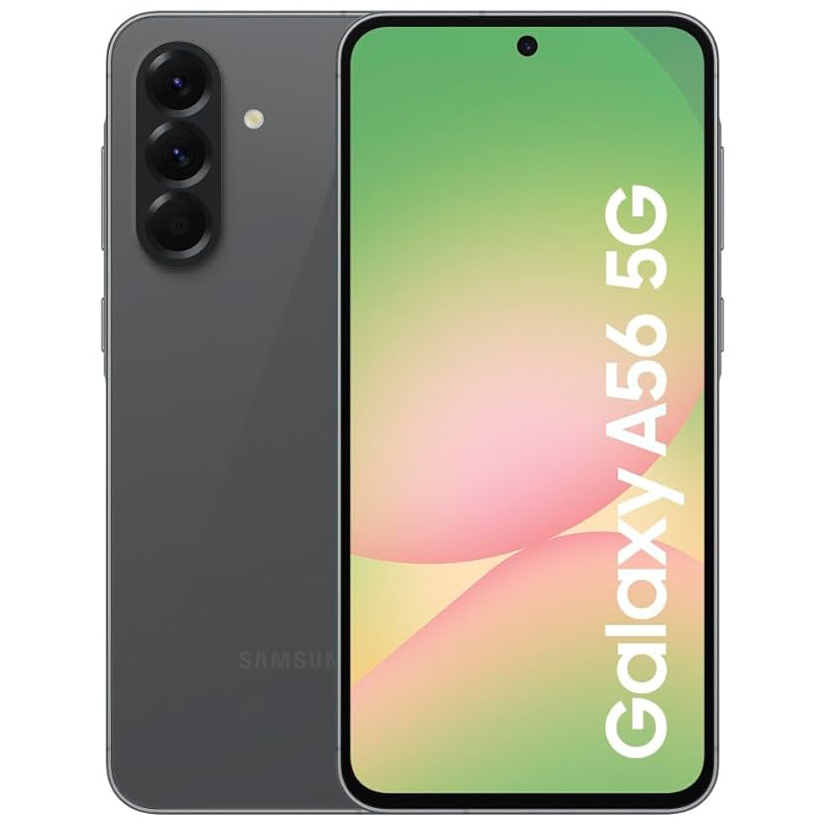
The phone might not have the most superior camera performance, but it is capable of capturing 4K video from the front and rear cameras, which is a win for vloggers.
Read more below
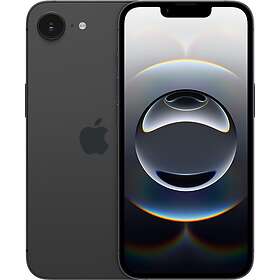
If you really want one of the very latest iPhones but want to minimise your spend, this 2025 successor to the iPhone SE offers a lot of the features and capabilities at a more affordable price. Read more below
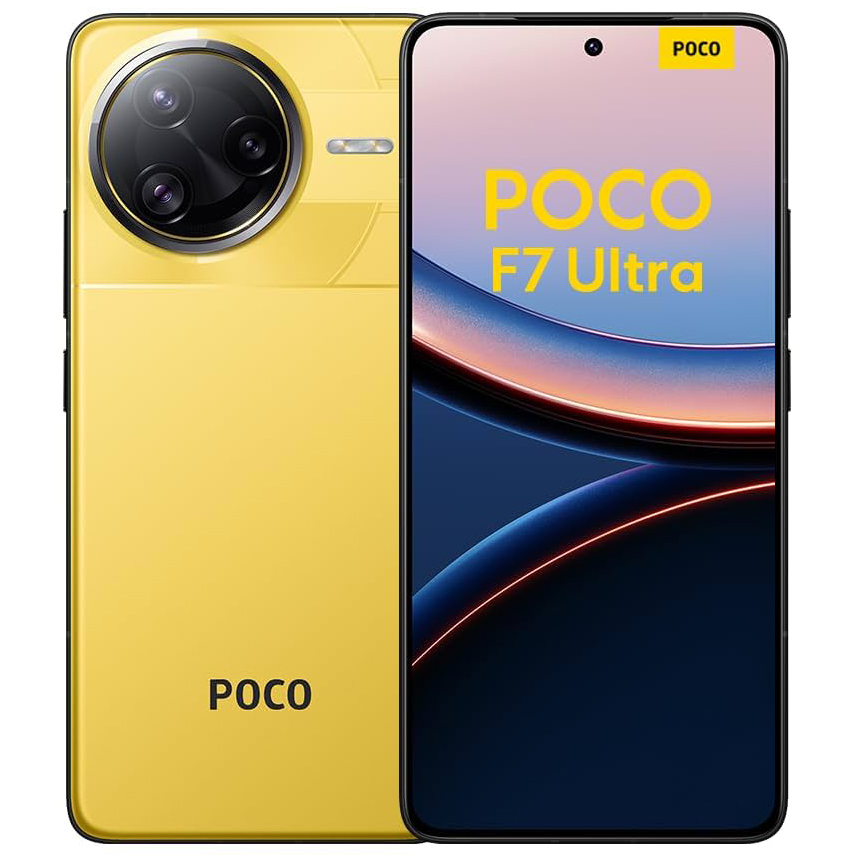
Alongside near-gaming phone levels of power, the Poco F7 Ultra features a set of versatile cameras that deliver flagship specs at excellent value.
Read more below
Best budget camera phones
Why you can trust Digital Camera World
Best budget camera phone under $300
Specifications
Reasons to buy
Reasons to avoid
The CMF Phone 2 Pro features a 50MP main camera with a 1/1.56-inch sensor, a 50MP 2x telephoto, and an 8MP ultrawide. It appears that most of the effort and money have gone into making the main camera as good as it can be. We found it capable of resolving tonnes of detail and performing decently in low-light conditions. Unfortunately this has left the ultrawide very much out in the cold. An 8MP resolution really doesn't cut it in this day and age.
In general, the cameras are capable of producing lovely, natural-looking colours, but if you want something a little more stylised, everything can be adjusted. It's even possible to shoot in RAW if you switch to Expert mode in the camera app. This maximises what is possible to achieve in post.
The selfie camera is nothing special but performs admirably in decent lighting conditions. Our reviewer speaks very highly of the phone's ability to carry out portrait cutouts when in Portrait Mode. Unfortunately this camera, nor indeed any of the cameras on this phone, have OIS.
The phone includes a 6.77-inch AMOLED display with a 1080 x 2392 resolution. The overall performance of the phone is very good, with OS navigation proving to be smooth and mostly stutter-free. Apps opened quickly, and multitasking didn't pose much of an issue.
Read our full CMF Phone 2 Pro review
Best budget camera phone under $500
Specifications
Reasons to buy
Reasons to avoid
Launched in June 2025, the Google Pixel 9a is a fun little device packed with helpful features that offers superb value for money. While the raw camera specs don't look that great, the sophisticated image processing software does a lot to make up for that.
Our reviewer found it excelled in bright conditions, leveraging the software to produce excellent photos with balanced exposure, vibrant colors, and strong shadow detail. The in-sensor zoom is effective up to 2–3x, and the ultrawide camera maintains a high level of quality. The phone is also particularly strong for close-up photography, with a macro lens that creates pleasing, naturally blurred backgrounds. For still photos in low light, Google's Night Sight feature performs well, capturing clear images of stationary subjects.
On the downside, the camera struggles with capturing fast-moving subjects in low light and has longer processing times, particularly for the ultrawide camera. Another weakness is video recording, which looks good in bright scenes but is poor in low light, producing noisy and unclear footage that even Google's software can't fix.
Despite these drawbacks, features like a strong portrait mode and accurate skin tones help the Pixel 9a remain a competitive option. At 6.3 inches, it's compact and manageable for one-handed use, and delivers the clean Android experience Google is known for.
Read our full Google Pixel 9a review
Best camera phone with telephoto
Specifications
Reasons to buy
Reasons to avoid
The Nothing 3a Pro offers a respectable set of cameras with larger sensors than the Nothing 2a. This plays out in better low-light performance and an increased level of detail. We found the default output a little flat, but built-in auto-toning did a good job of serving up more pleasing tones and colors.
One of the most notable things about the Nothing 3a Pro is the inclusion of a periscope telephoto lens, which is only found on phones that competitors have discontinued. It's a 50MP sensor which has a 3x zoom, equivalent to a 70mm focal length, with up to 6x (140mm) pixel-bin crop. It results in a superior level of sharpness and consistency. The wide and ultra-wide cameras are not quite as good as the telephoto but are still more than capable.
The 3a Pro handles contrast and HDR much better than the previous model, controlling highlights for an even picture. Our reviewer reports solid low-light performance with "the camera picking up a good amount of detail" even in a "very dimly lit tapas restaurant".
Aside from cameras, the Nothing 3a Pro is a well-built phone with a standout aesthetic. It won't be for everyone, but it certainly makes an impact. We were also impressed by the 5,000mAh battery, which put in a solid performance, even when being pushed to the limits.
Read our full Nothing Phone (3a) Pro review
Best camera phone with 4K
Specifications
Reasons to buy
Reasons to avoid
The main camera on the Galaxy A56 5G is reasonably reliable and capable of delivering sufficient detail and rich colors, especially with optimal lighting conditions. Usable results continue even when zooming in 2x. We'd highly recommend staying away from the ultra-wide when recording video or capturing photos. It really struggles in all but the very best conditions.
Unfortunately, the picture isn't so positive when indoors or in darker areas. You'll really need a steady hand to get anything usable. Samsung also applies far too much sharpening, which becomes evident when viewing images on a larger screen, such as a TV or laptop.
More positively, video output is much better, and the star of the show is the 4K output, which is competitive across all lighting conditions. We were also impressed by the onboard OIS and EIS that kept hand shake at bay. Video from the selfie camera is also strong, which makes the Galaxy A56 5G a budget-friendly choice for vloggers.
The phone boasts a 6.7-inch AMOLED display which is not only large enough but also looks fantastic. The screen has a resolution of 1080 x 2340 pixels and a pixel density of 385 pixels per inch. It's relatively sharp, has a great contrast ratio for depth and punchy highlights, and it also glides at up to 120Hz.
Read our full Samsung Galaxy A56 5G review
The cheapest iPhone 16
5. iPhone 16e
Specifications
Reasons to buy
Reasons to avoid
If you want to buy into the latest iPhone 16 series then the 16e, released in 2025, is the cheapest in the range. It's technically a successor to the budget iPhone SE (2022), number 5 on our list, although at $599 for the base 128GB model, it's much more expensive.
On the plus side, 16e features a larger 6.1-inch OLED display, replacing the previous 4.7-inch screen. You also get Face ID, USB-C connectivity, the Action button and supports Apple Intelligence. There's only one camera on the back, but it's a decent 48MP Fusion sensor with advanced features including optical image stabilization and various photography modes.
To learn more, read our articles iPhone 16e – six things photographers need to know and iPhone 16E is too expensive UNLESS you do this.
Best camera phone for performance
Specifications
Reasons to buy
Reasons to avoid
The rear camera setup includes a 50MP wide, a 50MP telephoto, and a 32MP ultrawide. The telephoto lens in particular is notable because of its 10cm nearest focus and AI-enhanced zoom. This provides a level of versatility that isn't always guaranteed on phone cameras. The main and ultrawide are not bad either, although I wouldn't recommend purchasing a Poco F7 Ultra if you're a professional photographer.
More disappointingly, there are no RAW capabilities, the ultra-wide can’t record 4K video, and the photo processing leaves a lot to be desired. These realities combined together further cement the fact that this phone shouldn't be purchased for its cameras alone.
That being said, when you consider its price – £649/$649 for the 12GB RAM, 256GB storage model, and £699/$699 for the 16GB RAM, 512GB storage model – the Poco F7 Ultra is superb value.
Gamers will also love the price-to-performance. Our reviewer felt the phone was impressively premium despite the budget price tag. It has a fantastic screen, boasts a respectable amount of RAM, and has an abundance of software features to recommend as well.
Read our full Poco F7 Ultra review
FAQs
Is it wrong to buy a budget camera phone?
Not at all. While flagship phones from brands like Samsung, Google, and Apple offer the best camera performance, mid-range and budget phones can still take very good photos that are sufficient for most users' needs.
Yes, flagships have larger sensors, more megapixels, and better zoom capabilities. But budget phones can still produce nicely exposed photos with good dynamic range, accurate autofocus, and punchy colors in most situations.
Also, mid-range phones are increasingly getting features like optical image stabilization that used to be reserved for flagships, helping improve image quality. And outside of photography, mid-range phones provide a smooth general user experience for most tasks while costing much less than flagships.
For more on this, read Ben Andrews' article I won't spend more than $300/£240 on a camera phone, and you shouldn't either.
What are the main downsides of budget camera phones?
There are a number of common downsides of budget camera phones compared to their higher-end counterparts. Firstly, you'll get lower image quality. Budget phones have smaller sensors that capture less light, resulting in noisy/grainy low-light photos and less detail overall. They also typically lack optical zoom capabilities.
You'll also get slower performance. With less powerful processors, budget phones can have slower autofocus, shutter speeds, and overall camera app responsiveness. There may also be delays between capturing shots.
Finally, budget phones may get software updates and security patches slower than flagships and have lower resale value due to faster camera tech advances.
Can I improve the camera quality with software?
Yes, there are a number of third-party camera apps that offer more features and controls than the camera app on your phone. These apps can sometimes improve image quality by allowing you to adjust settings like white balance, exposure, and focus more precisely. Features such as RAW capture and HDR+ processing can help you capture more detail in your images. For more, see our guide to the best camera apps.
How to choose the best budget camera phone
With so many budget camera phones, how do you pick the best one for you? The important thing is not to get too distracted by megapixels (MP). While a higher MP count can mean sharper images, it's not the whole story.
Another factors to consider is sensor size. Bigger sensors capture more light, leading to better low-light photos. Also a wider aperture (written as f/1.8 or lower) lets in more light, blurring backgrounds and excelling in low-light. Then there's image stabilization, which reduces blur caused by shaky hands, especially crucial for low-light and zooming. Look for Optical IS (OIS) for the best results.
Aside from megapixels, check the camera app's functionalities. Does it offer features you desire, like portrait mode, night mode, or pro mode for manual controls?
How we test camera phones
As a photography website, we pay special attention to the photo and video quality of camera phones. We rate resolution, noise and color rendition in the context of what rival cameras can do, and if there are any special features, such as ‘night modes’ or ‘portrait modes’, we check that these perform as described. Camera phones are all-round digital assistants too, of course, so we also check general handling, usability, and practicality – such as battery life.
The best camera deals, reviews, product advice, and unmissable photography news, direct to your inbox!

Gareth is a photographer based in London, working as a freelance photographer and videographer for the past several years, having the privilege to shoot for some household names. With work focusing on fashion, portrait and lifestyle content creation, he has developed a range of skills covering everything from editorial shoots to social media videos. Outside of work, he has a personal passion for travel and nature photography, with a devotion to sustainability and environmental causes.
- Basil Kronfli
- Paul HattonFreelance tech writer
